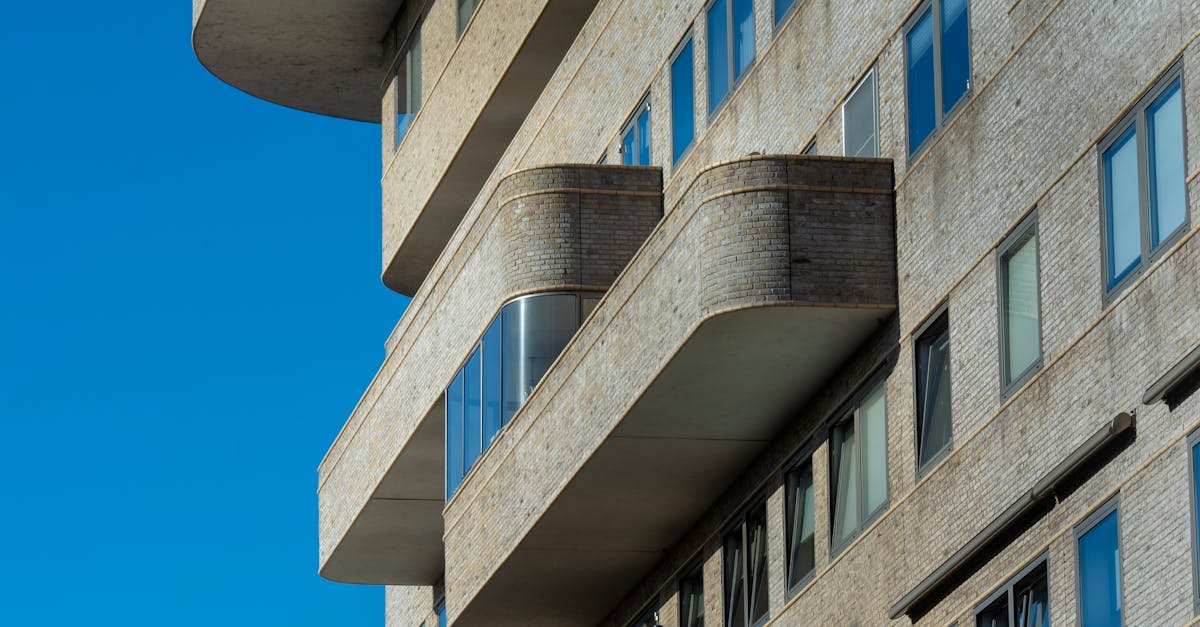
Vapor Control and Insulation in Passive House Construction
Terms of Use2024-08-05
Table Of ContentsPrivacy PolicyPassive Solar Design Strategies for Passive House Projects
Passive House Builders AdelaideEnvironmental Benefits of Natural Insulation Options
Contact Us!
EnergyEfficient Lighting
LED Lighting Options
Heat Recovery Systems
Heat Exchanger Installation
Airtight ConstructionMaintenance and Operation of MVHR Systems in Passive Houses
Importance of Air Sealing
2024-08-05
Table Of Contents
ificantly less energy compared to traditional incandescent bulbs, making them a sustainable choice for illuminating residential spaces. These lighting solutions emit a bright, warm glow while minimising heat production, reducing the need for additional cooling in the building.
Moreover, LED lights have a longer lifespan than conventional lighting options, ensuring durability and low maintenance costs for Passive House projects. With advancements in LED technology, designers have access to a wide range of options, including dimmable and colour-adjustable fixtures, providing flexibility in creating the desired ambiance within the living space. Opting for LED lighting aligns with the Passive House principle of sustainability and energy efficiency, contributing to overall environmental conservation and reduced carbon footprint.